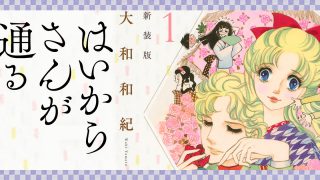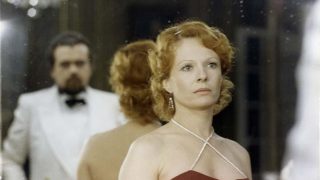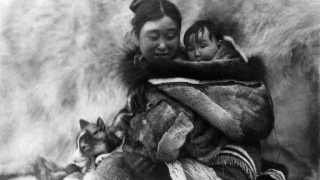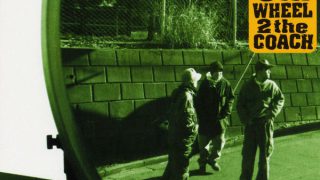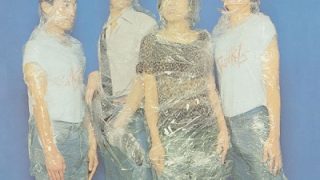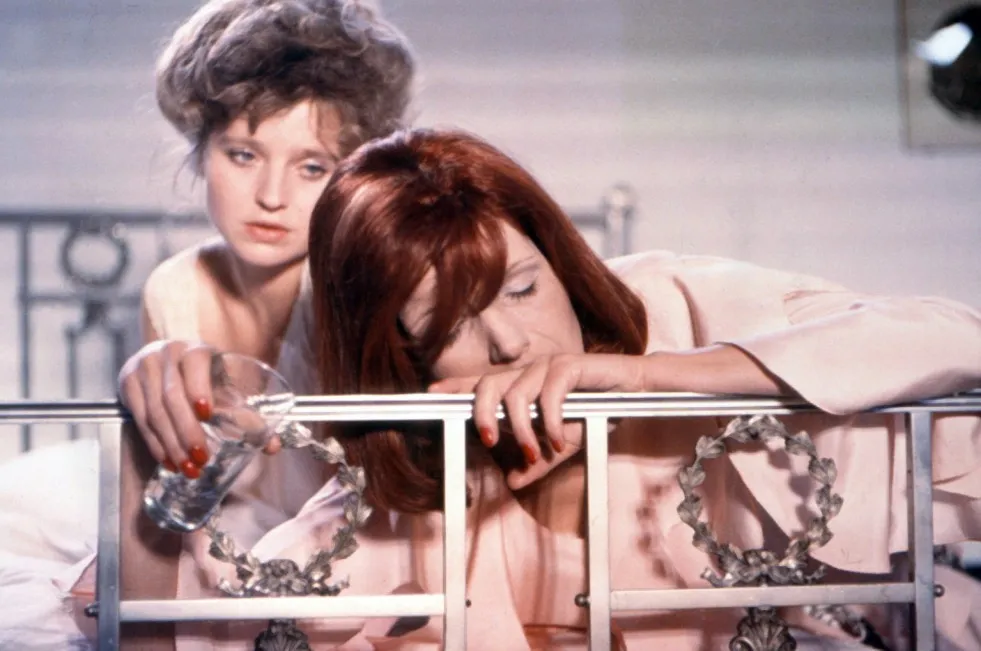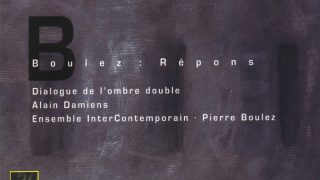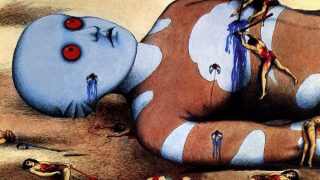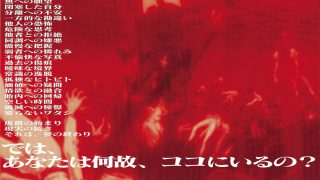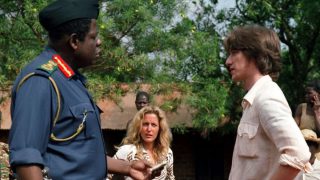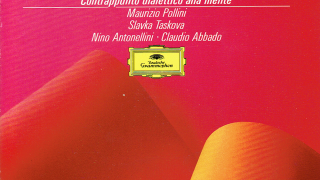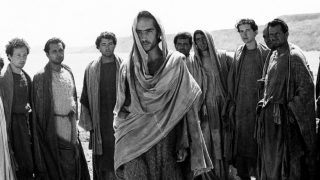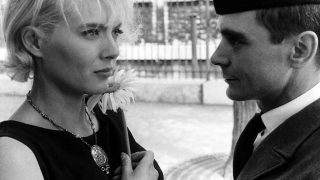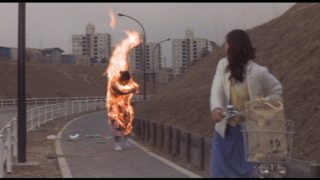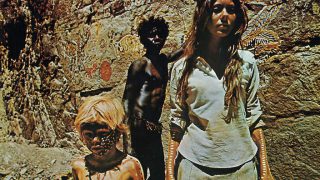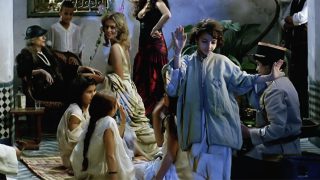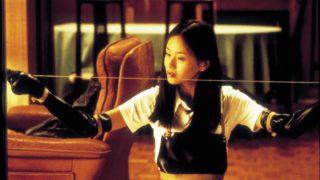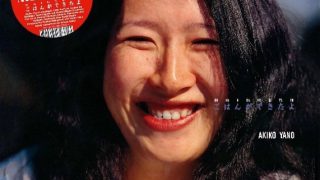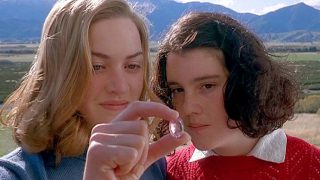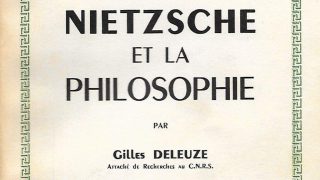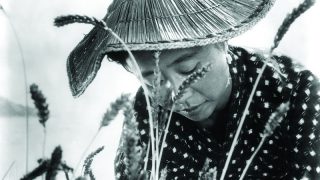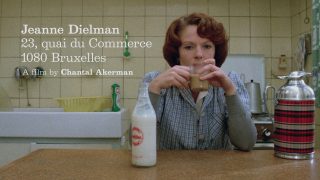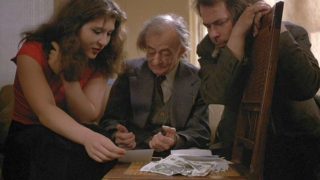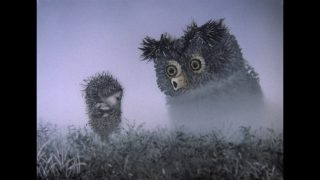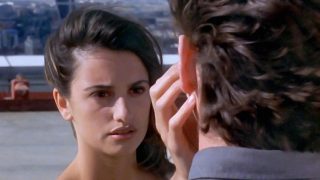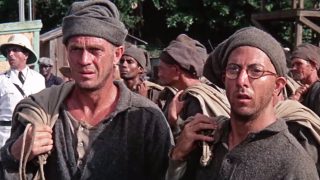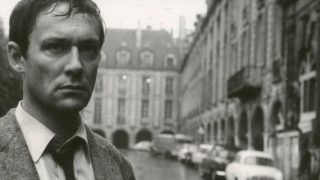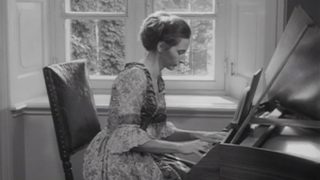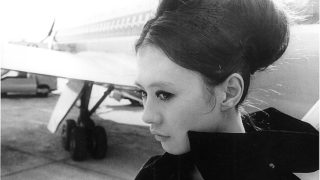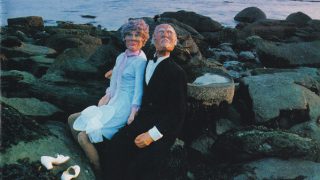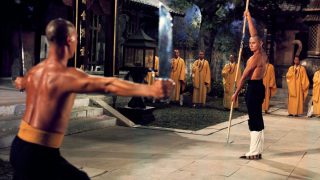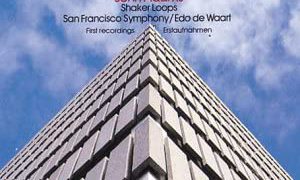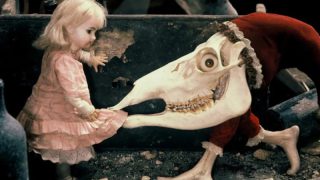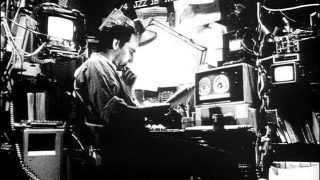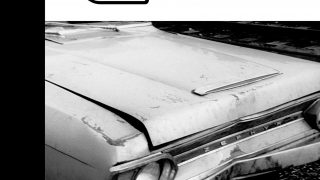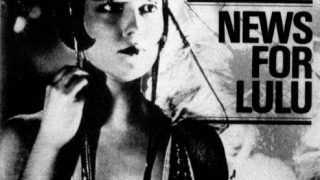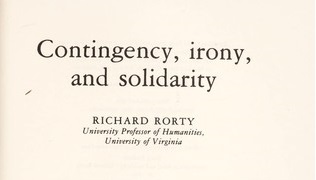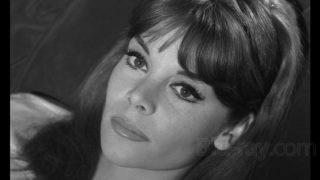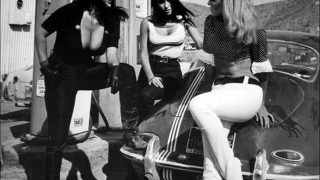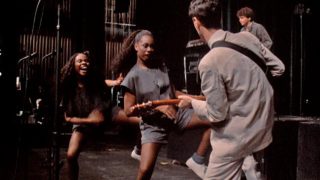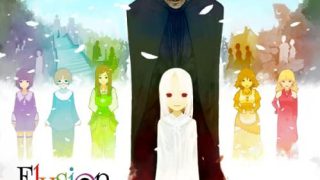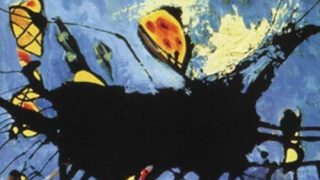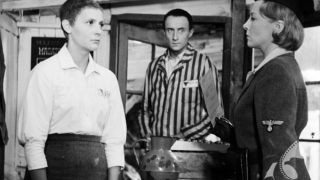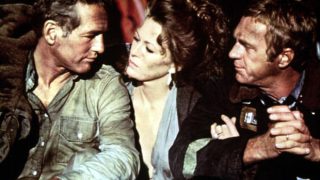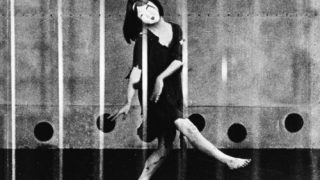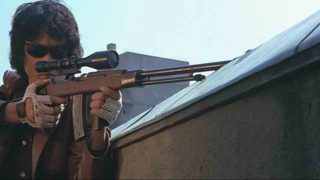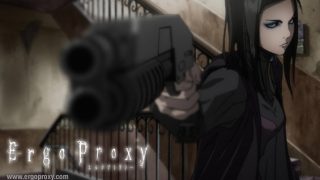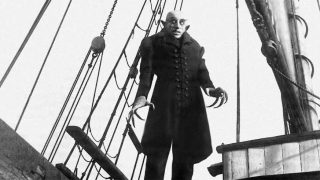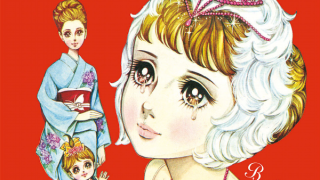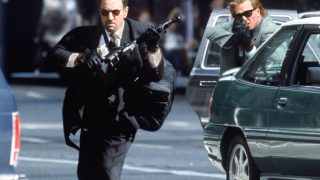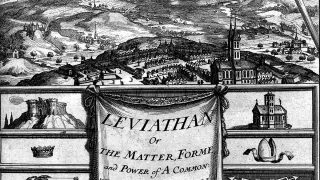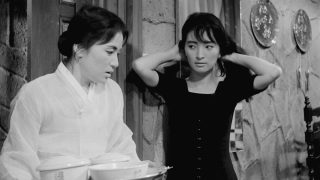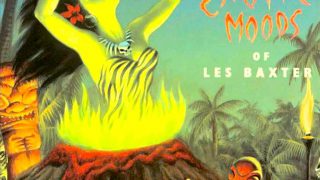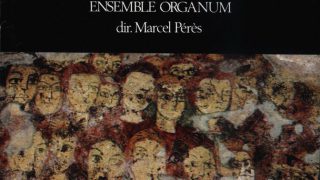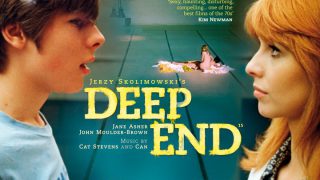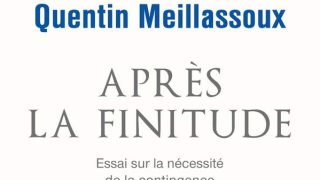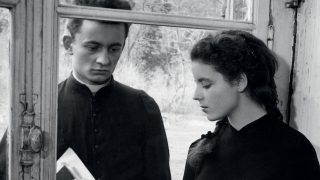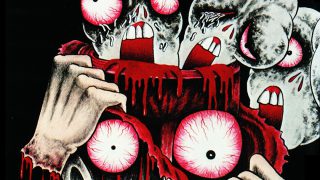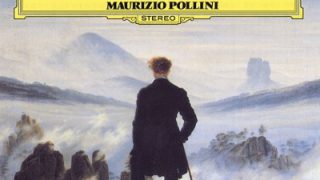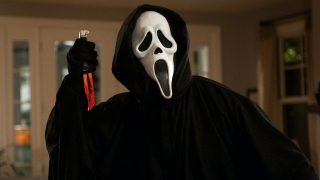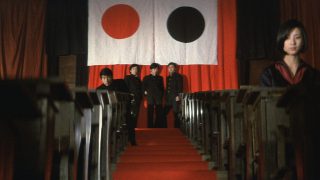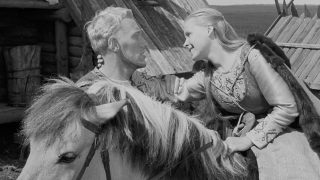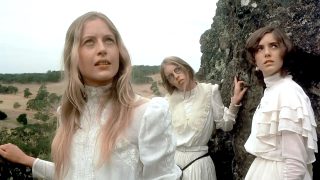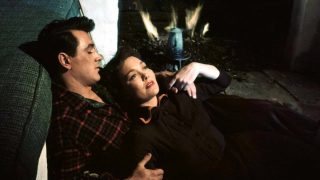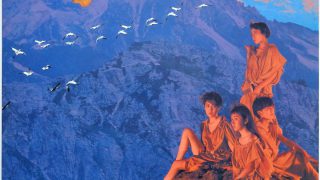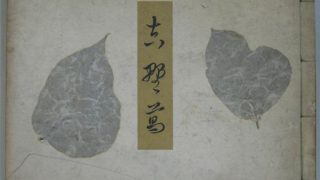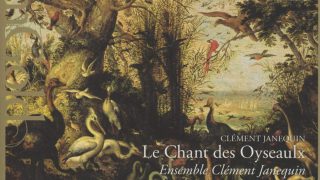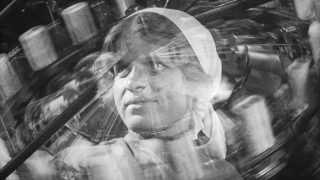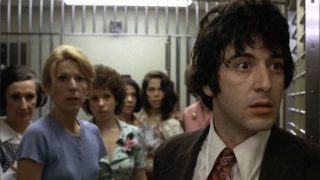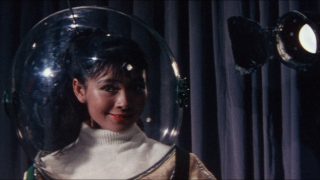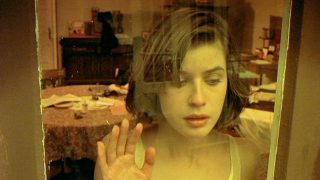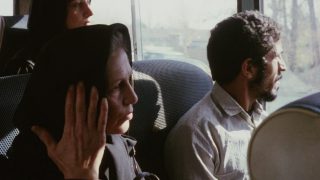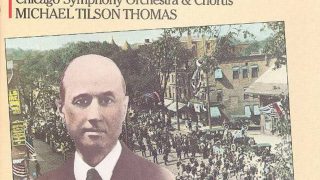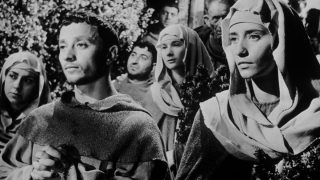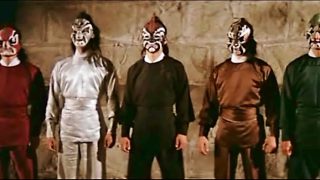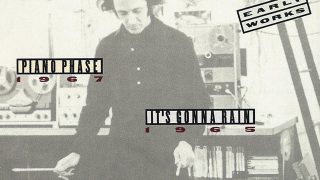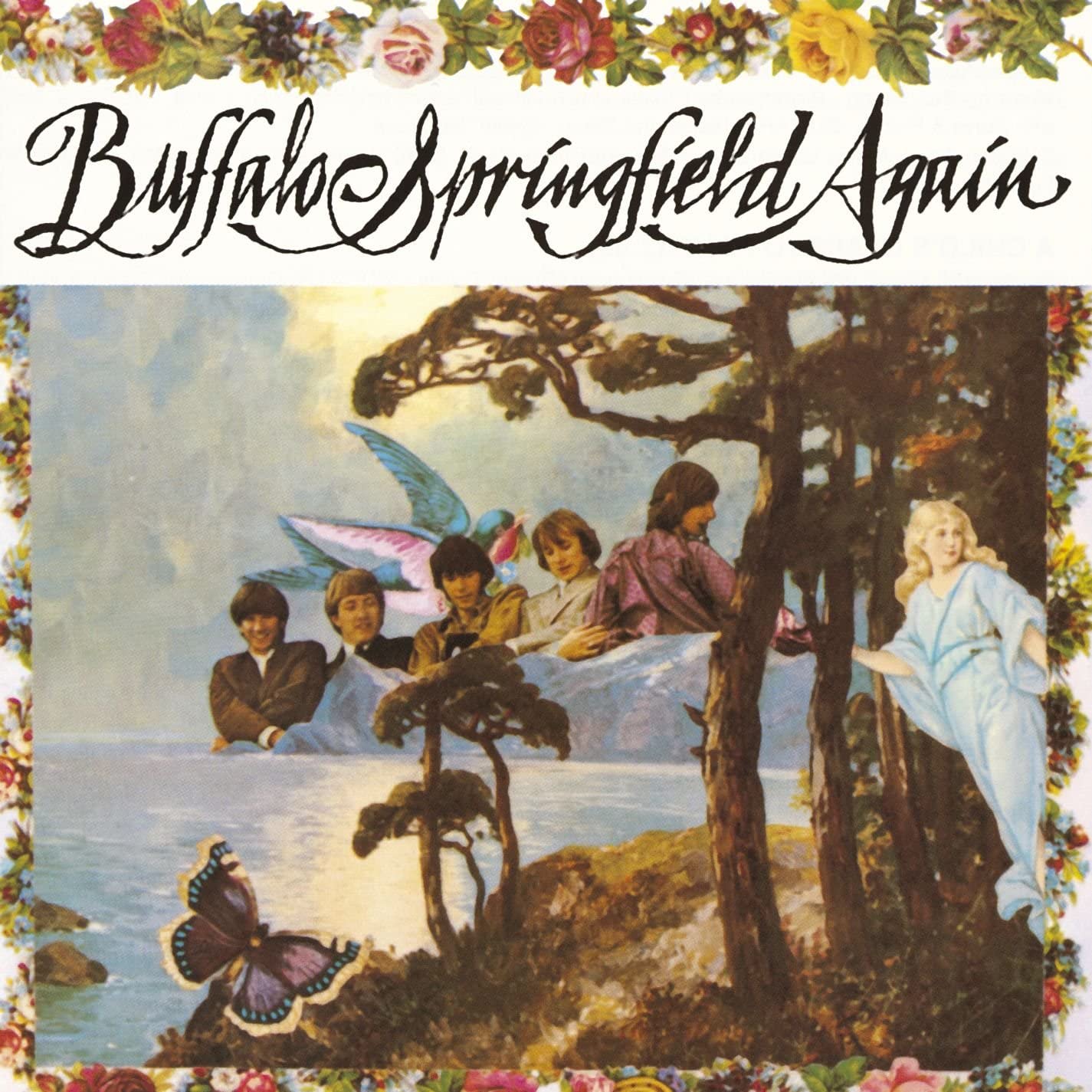- Overview
- About Buffalo Springfield
- Commentary
- Track Listing
- 1. Mr. Soul (Young, 2:48)
- 2. A Child’s Claim to Fame (Furay, 2:09)
- 3. Everydays (Stills, 2:38)
- 4. Expecting to Fly (Young, 3:39)
- 5. Bluebird (Stills, 4:28)
- 6. Hung Upside Down (Stills, 3:24)
- 7. Sad Memory (Furay, 3:00)
- 8. Good Time Boy (Furay, 2:11)
- 9. Rock & Roll Woman (Stills, 2:44)
- 10. Broken Arrow (Young, 6:11)
Overview
“Buffalo Springfield Again“ is the second studio album by Buffalo Springfield, a Los Angeles-based rock band who had been active from 1966 to 1968.
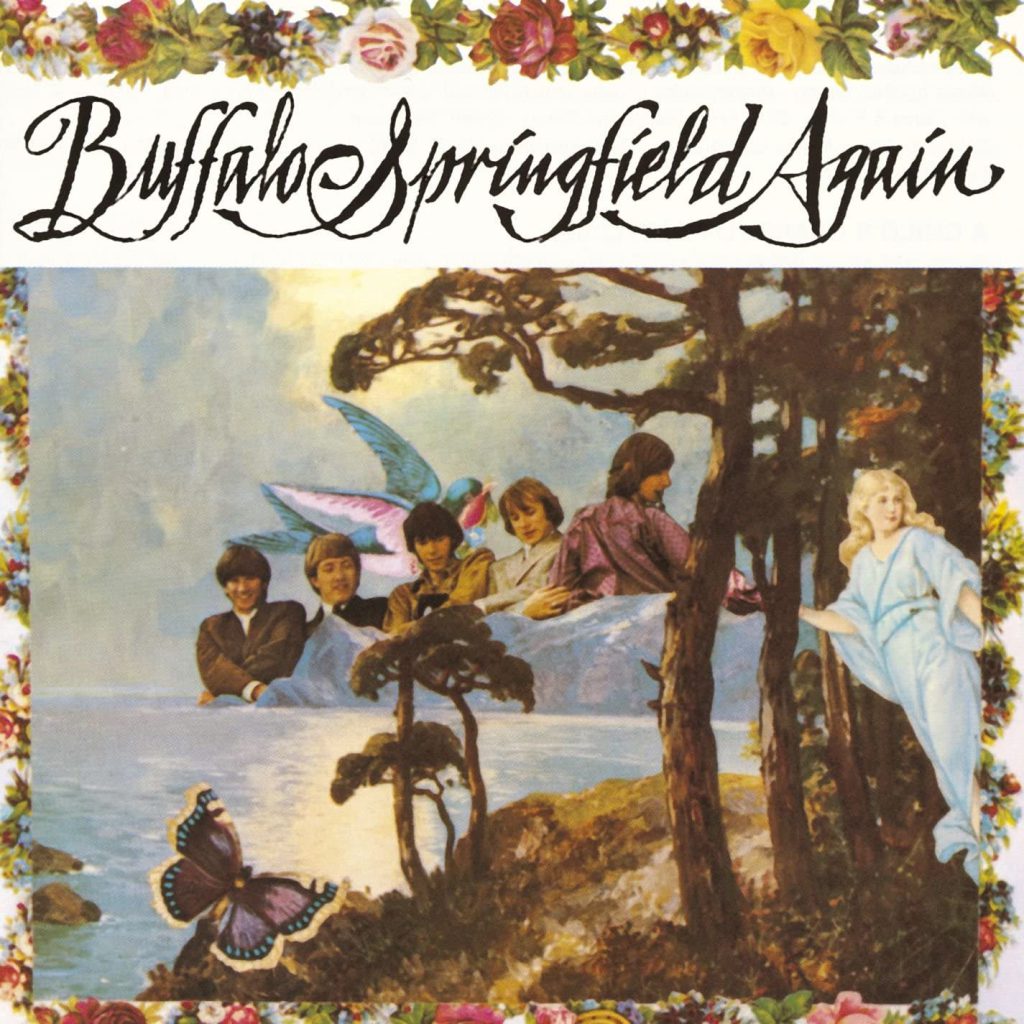
About Buffalo Springfield
Buffalo Springfield was formed in Los Angeles, California in 1966 by three Canadian musicians, Neil Young (vocals, guitars), Bruce Palmer (bass guitar) and Dewey Martin (vocals, drums), and two American musicians, Stephen Stills (vocals, guitars, keyboards) and Richie Furay (vocals, rhythm guitar).
In 1966, the band signed to Atlantic Records and released their debut single “Nowadays Clancy Can’t Even Sing”. Their single “For What It’s Worth (Stop, Hey What’s That Sound)”, which was a song written by Stills under the inspiration of the 1966 Sunset Strip curfew riots (hippie riots), peaked at number 7 on the Billboard Hot 100 chart in 1967, and it became well-known as a protest song and an anthem for the anti-war movement.
Although Buffalo Springfield had been active for only about two years and they did not achieve significant commercial success at that time, their music combining the elements of folk rock, country rock and psychedelic rock had a significant influence on the California sound in the late 1960s and the 1970s, especially country rock such as Eagles.
After the band disbanded in 1968, Stills formed the folk rock supergroup Crosby, Stills & Nash (CSN) with David Crosby of the Byrds and Graham Nash of the Hollies. After Young joined the group in 1969, they were called Crosby, Stills, Nash & Young (CSNY).
Furay formed the country rock band Poco in 1968 along with Jim Messina, who was a member of Buffalo Springfield in the last days.
Commentary
The album “Buffalo Springfield Again“ was recorded in 1967, and was released on Atco Records in the same year. It peaked at number 44 on the Billboard Pop Albums charts.
This album is renowned as the masterpiece among their three studio albums.
This album has a stronger psychedelic rock influence compared to their other two albums: their debut album “Buffalo Springfield“ (1966) and their third album “Last Time Around“ (1968).
The entire album is a collage of various styles of music, such as folk, country, psychedelia, hard rock, jazz, soul, South American folk music, and classical music.
Due in part to several problems, such as fluid band members (Young and Palmer went in and out of the band at that time) and conflict between Stills and Young, this work is closer to a compilation of solo works by Stills, Young and Furay than the band’s album. However, the quality of the musical compositions and arrangement is extremely high.
The album includes singles, “Bluebird” / “Mr. Soul”, “Rock & Roll Woman” / “A Child’s Claim to Fame”, and “Expecting to Fly” / “Everydays”.
The album was ranked number 188 on the 2003 and 2012 editions of “Rolling Stone“ magazine’s list of the 500 greatest albums of all time.
The album was also included in Robert Dimery’s “1001 Albums You Must Hear Before You Die“.
Track Listing
1. Mr. Soul (Young, 2:48)
The lead vocalist is Young. A song in the garage rock style, which was based on a guitar riff very similar to “(I Can’t Get No) Satisfaction“ (1965) by the Rolling Stones.
2. A Child’s Claim to Fame (Furay, 2:09)
The lead vocalist is Furay. A song in the country rock style. It features James Burton’s Dobro (resonator guitar).
3. Everydays (Stills, 2:38)
The lead vocalist is Stills. A jazzy song featuring Stills’s piano playing.
4. Expecting to Fly (Young, 3:39)
The lead vocalists are Young and Furay. A fantastical and psychedelic folk song. Jack Nitzsche produced it and provided the orchestral arrangement including a string section. The song was used in “Coming Home“ (1978) directed by Hal Ashby and other films.
5. Bluebird (Stills, 4:28)
The lead vocalists are Stills and Furay. A folk rock song featuring Stills’s fingerpicked acoustic and Young’s fuzz-toned electric guitar solos. It ends with a part in South American folk music, which uses banjo. The extended nine-minute jam version of the song was included in the compilation album “Buffalo Springfield“ (1973).
6. Hung Upside Down (Stills, 3:24)
The lead vocalists are Stills and Furay. A song featuring Stills’s soulful vocals and organ playing.
7. Sad Memory (Furay, 3:00)
The lead vocalist is Furay. A folk ballad only with Young’s and Furay’s guitars and Furay’s vocals.
8. Good Time Boy (Furay, 2:11)
The lead vocalist is Martin. A soul styled song with a horn section.
9. Rock & Roll Woman (Stills, 2:44)
The lead vocalist is Stills. A folk rock song featuring Stills’s organ and piano playing and a beautiful chorus.
10. Broken Arrow (Young, 6:11)
The lead vocalists are Young and Furay. An experimental and surreal song like a suite, which consists of three parts: it begins with audience applause and the opening of “Mr. Soul”, then a folk rock part including the calliope (a pipe organ that produces sound by sending steam or compressed air) version of a Tin Pan Alley novelty song “Take Me Out to the Ball Game“ (1908) follows, and it ends with an improvisation of a jazz combo, including clarinet and piano.


